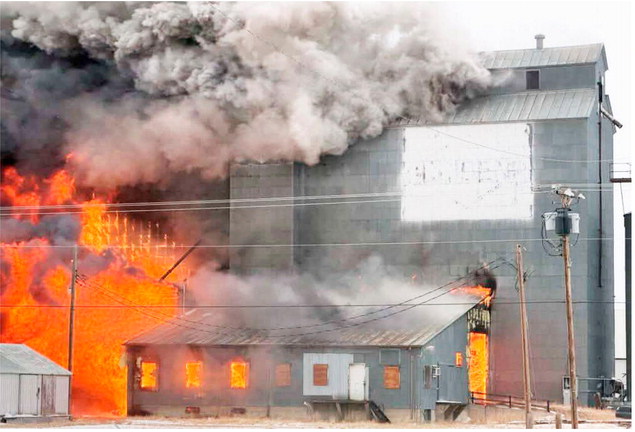Fort Peck Summer Theatre Wraps Season With Dracula


In a madcap mash-up of
Misery and Laugh-In, the world’s most famous vampire will haunt the historic Fort Peck Summer Theatre beginning Aug. 15 with Dracula.
A press release from the Fort Peck Fine Arts Council describes the show as, “A fever-paced balance of comedy and horror, with hilarious lightning-fast costume changes and tongue-in-cheek dialogue matched by rousing jump scares and goosebump- inducing chilling special effects.”
Audience favorite Pam L. Veis, who many memorable FPST roles include Annie Wilkes in Misery, Daisy in Driving Miss Daisy and Louise in Always….Patsy Cline, stars alongside veteran Shy Iverson and newcomers Frances Parsons and Wren Svodoba. The fifth actor, Jay Michael Roberts, is celebrating his 12th season as a FPST actor and scenic designer by playing the titular vampire.
Dracula is written and directed by departing artistic director Andy Meyers. The project wraps up Meyers’ 15year tenure at FPST.
Performances are Aug. 15–31, Friday and Saturdays at 7:30 p.m. and Sundays at 4 p.m. For tickets and info, call 406-526-9943 or visit fortpecktheatre. org.


